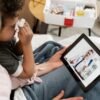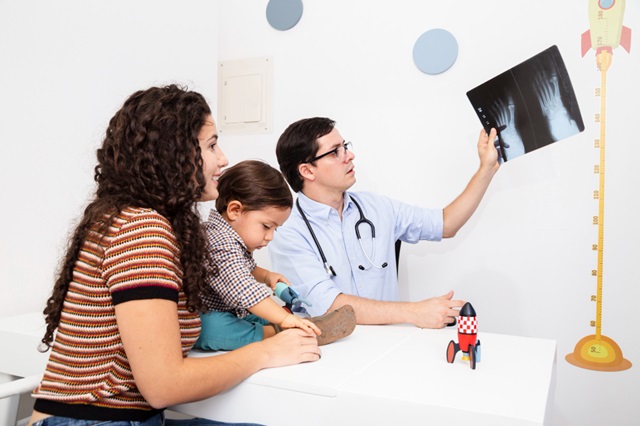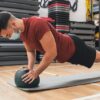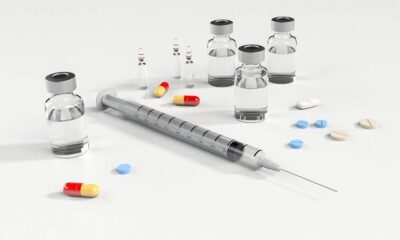As a parent, we love our children unconditionally. From conception onwards, through an unbreakable bond, the Pediatrics Orthopedic Clinic cares and nurtures without compromise. There is some scientific evidence that suggests all animals, including humans, are biologically programmed towards this behavior.
Scientifically, this is believed to be an evolutionary adaptation of the species that ensures the survival of the species. It is further believed that the bond between parent and child is driven by the release of hormones. The increase of the hormone oxytocin is believed to be the catalyst for this, which is associated with the instinct to protect and love. This inevitably leads to the parent-child bond.
The care and nurture instinct of a parent extends to healing for the young during times of ill health. However, at times, the instinct to heal becomes stretched to the point where mere instinct can no longer ease the ills that a child suffers. It is at these times that parental instinct tells the parent that greater expertise needs to be sought.
To find this greater knowledge has been with us throughout millennia. Equally throughout millennia, there have been people that have sought the knowledge to aid those that need more than parental care to ease the ills of a child. And, as with all science, there is the human instinct to learn more and to push the boundaries of existing knowledge.
Way back in 1859, the term pediatrics was coined by Abraham Jacobi as a distinctive area of medical science. It was he who brought to the medical world the realization that the young should not be treated by medicine as young adults and that diagnostics and treatment need to be specifically targeted by the age of the sufferer. Today, pediatrics is a highly specialized area of medicine.
Within the field of pediatrics, there are now numerous specialist areas, one of which is orthopedics. This distinct area of pediatrics focuses on the musculoskeletal system of children. This includes the diagnostics and complex treatment of the ligaments, tendons, muscles, joints, and tendons.
Being a multi-faceted area of medicine, pediatric orthopedics requires a diverse team of highly trained specialist practitioners. Samitivej Hospital recognized the need to bring together skilled doctors to unify as an unequaled team specializing in pediatric orthopedics. Thus, they created the Pediatric Orthopedic Clinic in Bangkok, which is now a world-leading facility treating the young with orthopedic health issues.
Orthopedic Health Issues in the Young
Broken bones are common in young people. Often referred to as fractures, the two interchangeable terms are used to describe not only breaks but also cracked bones. There are seven types of broken bones, but generally, they can be classed as being in one of four categories. These are, displaced, non-displaced, open, and closed.
A closed fracture is where the break doesn’t puncture through the skin. An open fracture does break through the skin. A displaced fracture is when the bone has broken into two or more pieces and the broken ends of the bones do not correctly align. A non-displaced fracture is a partial or full break but the bone remains aligned.
One of the subcategories of fractures that is pertinent to young children is the greenstick fracture. In children under 10 years of age, the bones are still comparatively soft, thus they have a degree of flexibility. The greenstick fracture is when the bone flexes to excess and a partial split occurs.
Bone fractures in the young require specialist medical care to ensure that the healing of the bone is complimentary to the ongoing growth and development of the child. Anything less will negatively compromise the individual as they progress through adulthood.
Although dislocations of bones from their joints can happen, they are less common in children. At the end of long bones, there are the growth plates. In younger children these growth plates remain weaker than the accompanying muscles and tendons, this leaves the bones more vulnerable to breakage than dislocation.
The very young have flatfeet, this is where the arch of the foot has not yet developed. As the child grows, the arch of the foot develops. However, in a small number of children, this development may not occur or be incomplete. Treated early this affliction can be corrected, and the treatment options are numerous. Shoe inserts and physical therapy will very often correct the problem, and surgical correction is not uncommon.
Congenital hip dislocation, often referred to as developmental dysplasia of the hip (DDH) occurs when the hip is unstable or is out of joint at the point of birth. This condition is usually easily corrected with early diagnosis with the use of braces, or in fewer cases, surgery.
Bowed legs and knocked knees are common in young children are very common, and in most cases correct themselves as the child grows and develops. Bowed legs, or physiologic genu varum, are due to the fetus being cramped whilst developing in the uterus. In most cases, no treatment is required, in more extreme cases special shoes, splints, braces, casts, and surgery are all options.
Likewise, Knock knees or, genu valgum, would normally self-correct. Should this condition fail to completely correct itself naturally, therapy can aid in the process. Professionally guided stretching exercises to realign the knees and relieve any pain or discomfort that the condition is causing. Additionally, some relief can be found through braces.
Birthing itself can result in orthopedic issues, difficult deliveries can cause physical bone or joint problems, as can infection. During birth, a brachial plexus injury can occur. This is when the brachial plexus nerves become stretched, compressed, or in a few rare cases, ripped or torn away from the spinal cord.
Infections can also result in orthopedic health issues in children, such as kyphosis or tuberculosis. Idiopathic scoliosis congenital scoliosis and spondylolisthesis are just a few of the orthopedic conditions that can result from infection. Although these conditions cannot be entirely cured, skilled therapy, and where necessary surgery, can alleviate much of the pain and maximize the sufferer’s mobility.
The musculoskeletal system is a complex structure, and as Abraham Jacobi showed, way back in 1859, the young body has its vulnerable peculiarities which add to its complexities.
At Samitivej Hospital’s Pediatric Orthopedic Center these complexities and peculiarities are understood by the highly skilled team of practitioners who are dedicated to relieving orthopedic suffering in young people.










